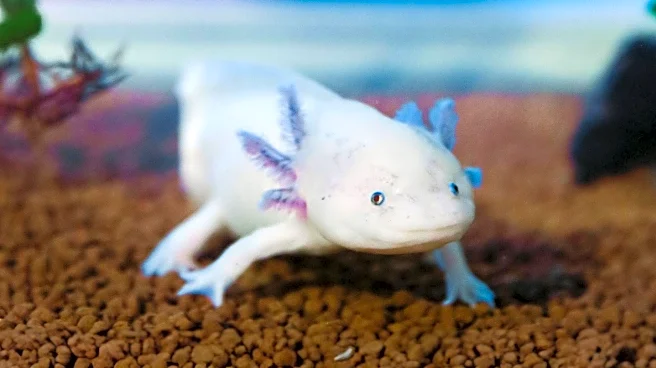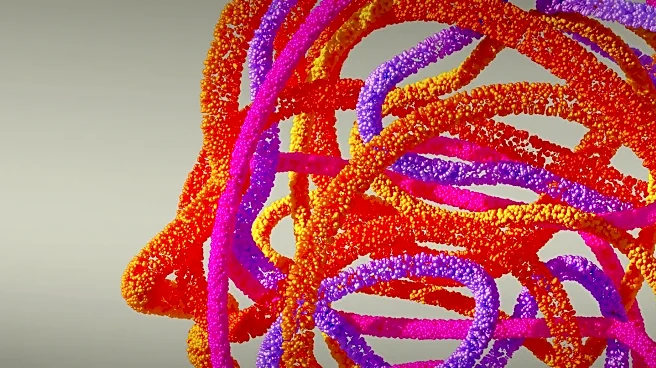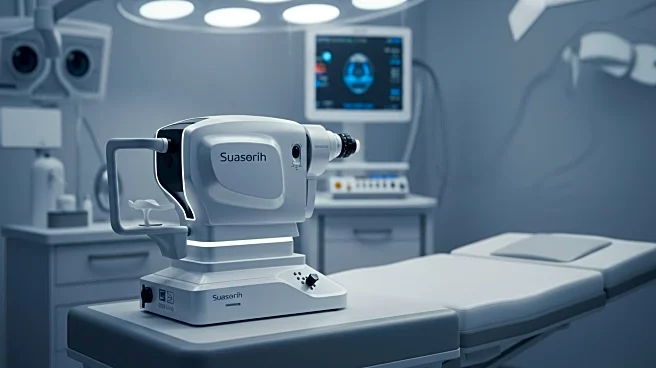What's Happening?
Researchers have developed new methods to create oral submucous fibrosis (OSF) models in rats and mice, simulating early and middle stages of the disease. By varying the frequency of bleomycin injections, the study successfully induced different degrees of fibrosis, closely resembling clinical OSF features. The models exhibited changes in oral mucosa, including whitening lesions and fibrous bands, without significant body weight loss. Histological evaluations confirmed localized fibrosis without damage to other organs.
Why It's Important?
These animal models provide a valuable tool for studying OSF, a condition characterized by collagen deposition and inflammation in the oral mucosa. Understanding the progression of OSF can lead to better diagnostic and therapeutic strategies. The models' ability to mimic human OSF pathology offers insights into the disease's mechanisms, potentially guiding future research and treatment development.
Beyond the Headlines
The study highlights the role of inflammation in OSF onset, with macrophage and neutrophil infiltration observed in the models. This aligns with human OSF pathology, suggesting that the models can effectively simulate immune responses. The findings may inform the development of anti-inflammatory treatments for OSF.











